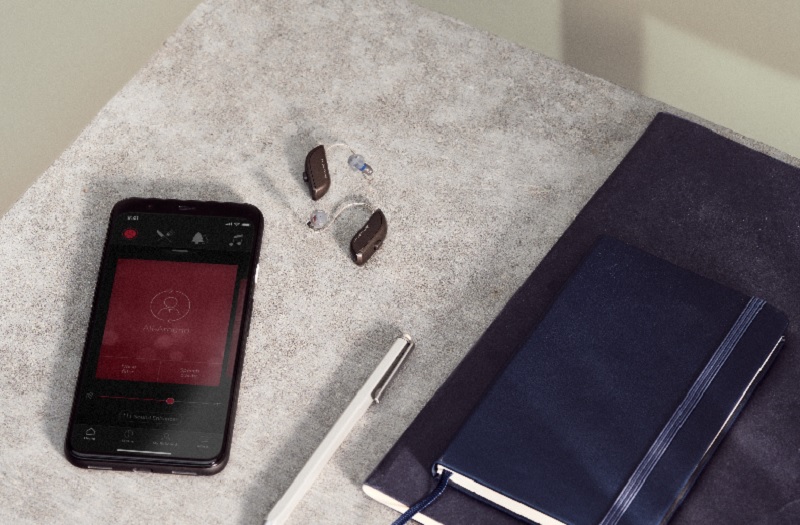Technological advancements have provided more-convenient solutions for people with hearing impairment by aiming to mimic a more-natural and coherent hearing experience and effective communication.
Technology helps to encourage stronger social bonds between those with hearing loss and the rest of the population, with advancements in recent years making this experience more seamless and unnoticeable
This evolution of technology enables hearing-impaired users to have less-disjointed experiences with the world around them, providing enhanced support to encourage a more-active and fulfilling lifestyle.
Video captions
Social media platforms that offer video content such as TikTok, Instagram, and Youtube provide open and closed video captions that enable users with a hearing impairment to follow along and watch videos without sound.
Auto-captions are displayed as a text overlay on video content, usually in the lower part of the screen, and are a transcription of the spoken language within the video.
And social media sites use voice recognition software to identify each word within a video and transcribe it automatically, into either open or closed captions.
Open captions are automatically embedded in a video, whereas closed captions can be turned on or off by the user.
Headphone safety warnings on smartphones
Listening to audio through headphones at too high a volume for a long period of time can cause damage to hearing.
However, smartphones are now equipped with ‘headphone notifications’ that let you know when your audio exposure has been too loud for a long period of time. This could eventually impact your hearing – over 80 decibels (dB) for a total of 40 hours within the last seven days, to be exact.
Technology helps to encourage stronger social bonds between those with hearing loss and the rest of the population, with advancements in recent years making this experience more seamless and unnoticeable
Devices also automatically lower the volume the next time headphones are connected.
This warning feature aims to give users more awareness of their listening habits to help protect their hearing by providing prompts to turn down their volume, and will continue to warn them if notifications are ignored.
Technologies such as Bluetooth, headphone safety warnings, and video captions are helping to support people who are hard of hearing
Bluetooth compatibility
Another great technological innovation is the ability to connect a smart device to hearing aids through Bluetooth technology.
A lot of hearing aid devices are now Bluetooth compatible and can connect to a phone, tablet, and smart TV to stream sound directly into the hearing aid.
This allows hearing aid users to be able to listen to the world around them, while also streaming music or a tv show, instead of having to choose between one or the other.
Having hearing aids that are Bluetooth compatible allows those with hearing loss to have a higher sound quality for phone/video calls, as well as making it easy to listen to tv shows, music, and podcasts through their hearing aids.
Users can also make adjustments via various apps to create location-specific settings, such as in busy social gatherings. This helps to reduce loud background noise to better focus attention or engage in conversations.
Bluetooth compatibility enables a more-seamless experience to ensure users aren’t missing out on precious moments with friends and family.
Apps
Smartphones have become an essential tool for people with hearing loss, as advancements in technology have opened up further options to help with more-effective communication.
Mobile phone apps have become a valuable tool for hearing-impaired users to better communicate with others; for example, BSL translators, hard-of-hearing assistants, and speech-to-text apps.
Bluetooth compatibility enables a more-seamless experience to ensure users aren’t missing out on precious moments with friends and family
BSL translator apps are designed to help hearing-impaired users by translating BSL into spoken English, as well as translating spoken English into BSL videos.
And hard-of-hearing assistant apps allow the user to combine their smartphone device’s microphone with a pair of headphones to use as a hearing aid.
Speech-to-text apps support a conversation by translating what is being said out loud into text on a phone, laptop, or tablet, providing someone with hearing loss a live transcript of a conversation.




